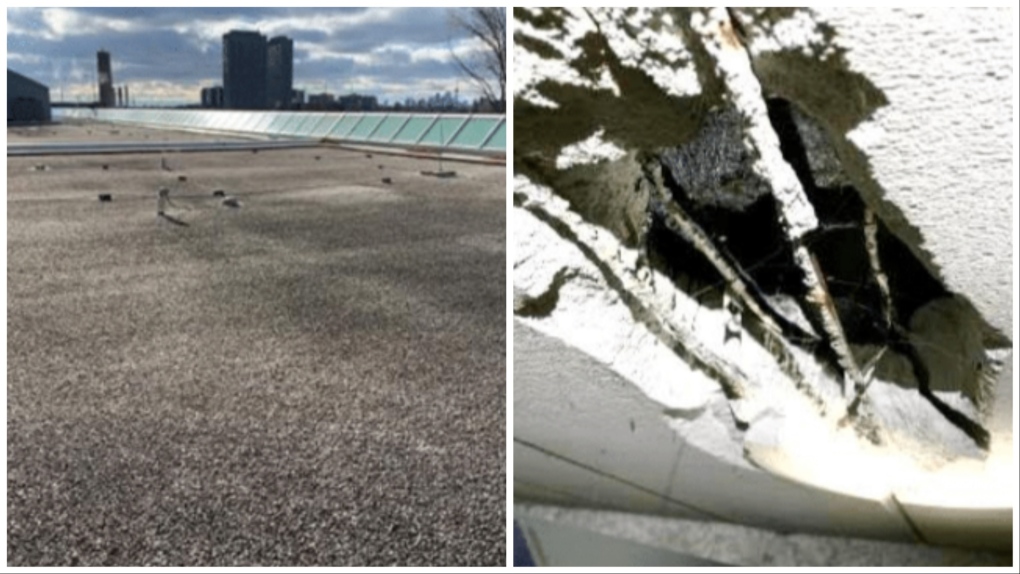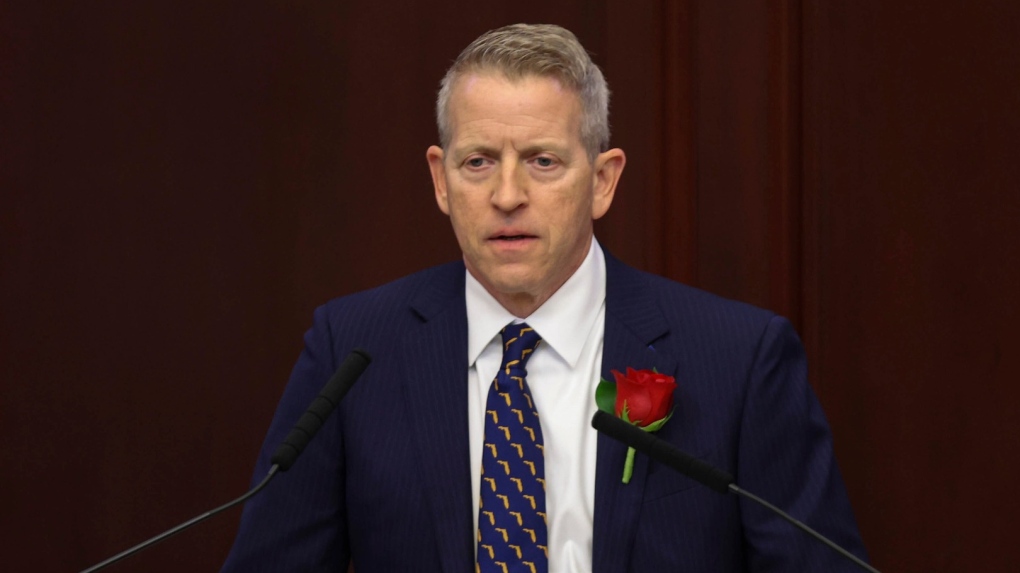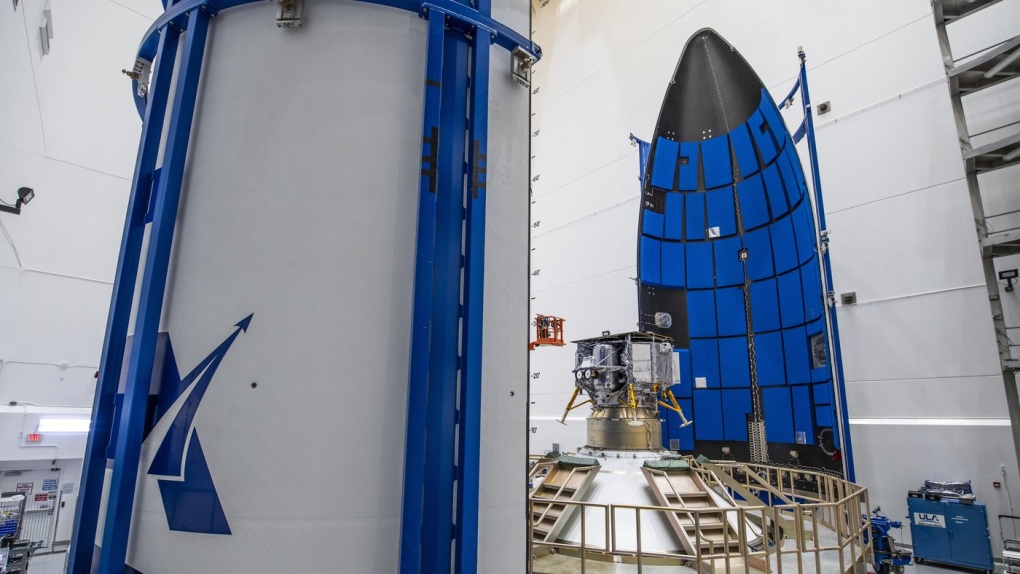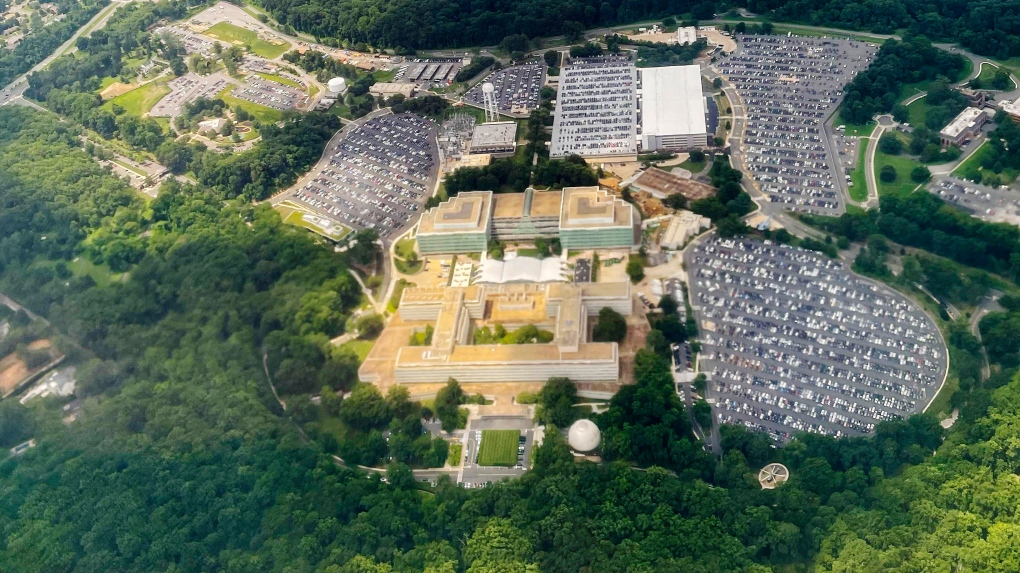The Ford government says it will be permanently closing the Ontario Science Centre to the public “effective immediately” due to “serious structural issues” that were identified with the building in a recent engineering report.
The abrupt closure of the North York tourist attraction means that Torontonians will no longer be able to visit the museum after today, although private events scheduled to occur over the weekend will be permitted to proceed.
“The actions taken today will protect the health and safety of visitors and staff at the Ontario Science Centre while supporting its eventual reopening in a new, state-of-the-art facility,” Kinga Surma, the province’s minister of infrastructure, said in a news release.
“In the meantime, we are making every effort to avoid disruption to the public and help the Ontario Science Centre continue delivering on its mandate through an interim facility, as well as alternative programming options.”
According to the province, a new report by engineering firm Rimkus Consulting Group found that the centre, which opened in 1969, is “at risk of potential roof panel failure” as early as this winter due to “snow loads.”
“The latest engineering assessment shows that the roof structure in parts of the facility was built using construction materials and systems that are now outdated and that certain roof panels are deteriorating,” the news release read.
“While the building remains safe over the summer with an enhanced process for rainwater monitoring and roof facility management, these months will be required for staff to safely vacate the building.”
Damage to the Ontario Science Centre roof is shown in images taken from an engineering report. (Government of Ontario)
Damage to the Ontario Science Centre roof is shown in images taken from an engineering report. (Government of Ontario)
‘Risk to public safety’
In the report, the engineering firm assessed the condition of the panels constructed with Reinforced Autoclaved Aerated Concrete (RAAC), a lightweight concrete product that was a “popular choice” for structural material in educational, institutional, and industrial buildings in the province from the mid-1950’s to the mid-1970’s.
The report noted that RAAC has been “shown in other countries to have the potential to degrade due to water infiltration.”
“As a building material, RAAC has an overall reduced robustness compared to steel decks or traditional concrete, making it more susceptible to damage from impact and raising the risk of sudden failure. In general, the lifespan of RAAC panels is lower in comparison to other common roof deck types, including steel decks or traditional precast concrete panels,” the report read.
“Deficiencies developed over time in RAAC products installed in existing buildings pose an escalating risk for future failure, if subjected to on-going moisture ingress. If continual deterioration of the panels is allowed to occur, it poses an increasing likelihood of RAAC failure. The consequences of RAAC failure include potential building damage and risk to public safety.”
The report notes that of the panels the firm was able to assess, one panel was placed in the “critical risk” category, while about six per cent were identified as “high-risk.” Another nine per cent were deemed “medium-risk” and the remaining 84 per cent of panels were “low-risk.”
“Both water ingress and unreinforced field modifications have permanently reduced the load carrying capacity of the RAAC panels. As such, the compromised panels have been functioning with a reduced factor of safety, when compared to the original design intent,” the report stated.
“A significant snow or rain loading occurrence could exceed the reduced load carrying capacity of the distressed panels, placing them at an increased risk of sudden collapse.”
 Damage to the Ontario Science Centre roof is shown in images taken from an engineering report. (Government of Ontario)
Damage to the Ontario Science Centre roof is shown in images taken from an engineering report. (Government of Ontario)
Damage to the Ontario Science Centre roof is shown in images taken from an engineering report. (Government of Ontario)
Years of deferred repairs
It was previously discovered that much of the needed repairs are due to deferred maintenance that has been put off for years by the current and former provincial governments.
According to a business case released last year, the roof is just one of a number of things that have fallen into disrepair at the facility, including mechanical, electrical, and elevator systems, which all require significant investment.
The province has said that a minimum capital investment of $478 million is needed to “address outdated and failing infrastructure” at the museum as well as “program requirements.”
In the wake of the new report, the province said all staff must vacate the building by Oct. 31.
On Friday, government officials says that there will be “no immediate job losses” associated with the sudden closure of the facility but did not say what will happen to Ontario Science Centre employees after the building has been fully vacated.
The facility, located at 770 Don Mills Road in Toronto’s Flemingdon Park neighbourhood, was set to host a number of summer camps in the coming months and the Ontario government says it plans to reimburse all participants within 30 days.
“The province has also identified a nearby school that will house similar programming as an alternative location for summer camps free of charge for previously registered campers,” the news release read.
A Request for Proposals will be issued on Monday by Infrastructure Ontario to find a “suitable temporary location” for programming until construction is complete on the new permanent facility at Ontario Place.
The premier previously announced that construction on the new Ontario Science Centre building being constructed as part of a Ford government’s plan to revitalize Ontario Place would begin in 2025. The centre could welcome visitors as early as 2028, he said.
‘A painful loss for the city’
The decision to move the facility to Ontario Place has been met with criticism by advocates and local politicians who argued that the Ford government did not adequately consult the community on moving the tourist attraction to a smaller, downtown location.
Additionally, the land the science centre sits on is owned by the city and the current lease, which was negotiated back in 1965 on a 99-year term, only allows for the construction of structures “for purposes of operating as a science centre.”
Toronto Mayor Olivia Chow has previously indicated she would like to maintain science-related programing in the area.
In a statement, Paul Kortenaar, the CEO of the Ontario Science Centre, said the memories created at the site are “truly special” and are the “foundation on which we will build our future.”
For more than five decades, the Ontario Science Centre has been a beloved landmark and an integral part of our community and our province,” the statement read. “Our building itself has been part of the experience, and a cherished space for generations of visitors, sparking wonder and curiosity about science and the world around us, every day.”
In a statement released Friday, Chow said the closure is “a painful loss for the city.”
“I’ve seen the wonder and joy on the faces of my grandchildren as I’ve taken them through the exhibits at the Ontario Science Centre. It’s a special place that sparks imagination and curiosity, and creates a love of science and learning that lasts a lifetime,” she said.
“I’m deeply disappointed that successive provincial governments have let it fall into such disrepair over the years.”
She said the news is particularly difficult for residents in the local community, where more spaces are needed for youth and families.
Chow hinted that a motion will be coming to council next week to “explore the province’s responsibilities related to the Ontario Science Centre.”
“I support that motion and I look forward to the debate at Council,” the statement concluded.
Ontario NDP Leader Marit Stiles called the closure “heartbreaking,” particularly to those in Flemingdom Park and Thorncliffe Park who are seeing “a vital institution ripped from their community.”
“Communities outside the downtown core deserve nice things too… Families across Toronto will lose out on public science education for their kids, potentially for years,” she wrote.
“The government could have invested in revitalizing the Ontario Science Centre, but instead it used our public money to concoct a sham business case against this important community hub.”




